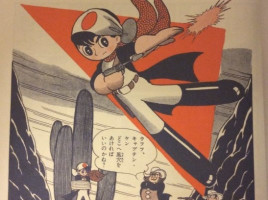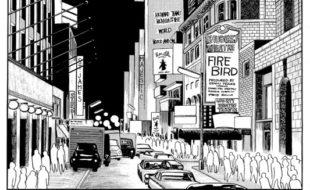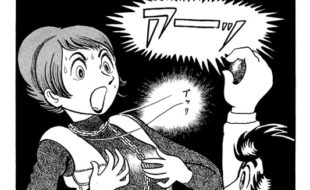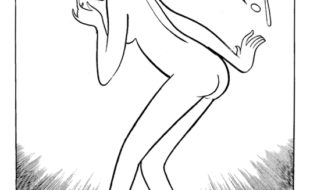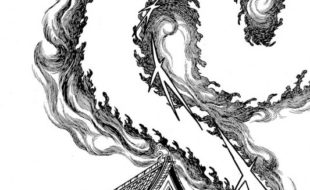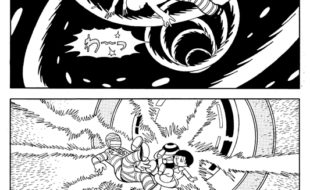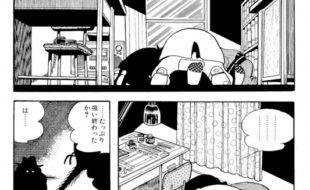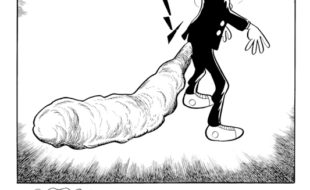Showdown on Grand Mesa
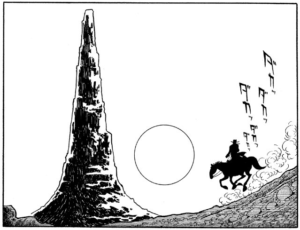
Gallop Gallop Tukatut Tukatut
That rider’s not heading off into the sunset. Destination: Truth
Showdown on Grand Mesa from the Under the Air series
First published in the 10 March 1969 issue of Play Comic from Akita Shoten
English edition available as an add-on to mid+ tier backers of the current Osamu Tezuka campaign on Kickstarter by DMP:

